Fused Spurs Buying Guide
Our fused spur buying guide explains everything you need to know about the different types and sizes available.

What are Fused Spurs?
Fused spurs are electrical switches that contain an individual fuse - i.e. an electrical component that protects against shocks and electrical fires by breaking the connection in the event of excessive current. Fuses fall within the broader category of electrical components called ‘circuit breakers’, which all have a broadly similar function.
Fused spurs are directly wired connections between an electrical cable and an appliance. This means that they do not make use of the familiar plug and socket and therefore it’s advisable that they are only installed or removed by a qualified electrician.
They are also known as fused connection units (FCUs) or fused spur switches.
What are Fused Spurs Used for?
Fused spurs are used instead of conventional plug sockets with higher power, higher voltage electrical devices. In a domestic setting, typical uses include ovens, dishwashers, washing machines, boilers, thermostats and refrigerators. Electrical systems for use in bathrooms, such as heaters, can also feature fused spurs.
The fused spur allows the device to operate on a separate cable outside the main electrical circuit (‘ring main’) in a building, as a branch or ‘spur’ of this. Operating outside the ring main provides an additional level of safety.
Fused spurs are not to be confused with residual current device (RCD) sockets, which are built to automatically switch off live current. By doing this, RCB sockets can protect anyone in contact with a device from electrocution in the event of a fault or short circuit (the flow of electrical current into a circuit with insufficient resistance).
How to Choose the Right Fused Spur
There are two principal types of fused spur - switched and non-switched (or ‘unswitched’). Variations of these main types feature single poles, double poles or models with timers. The type of fused spur you should buy depends on the intended use.
Let’s take a more detailed look at each type of fused spur.
Switched Fused Spurs
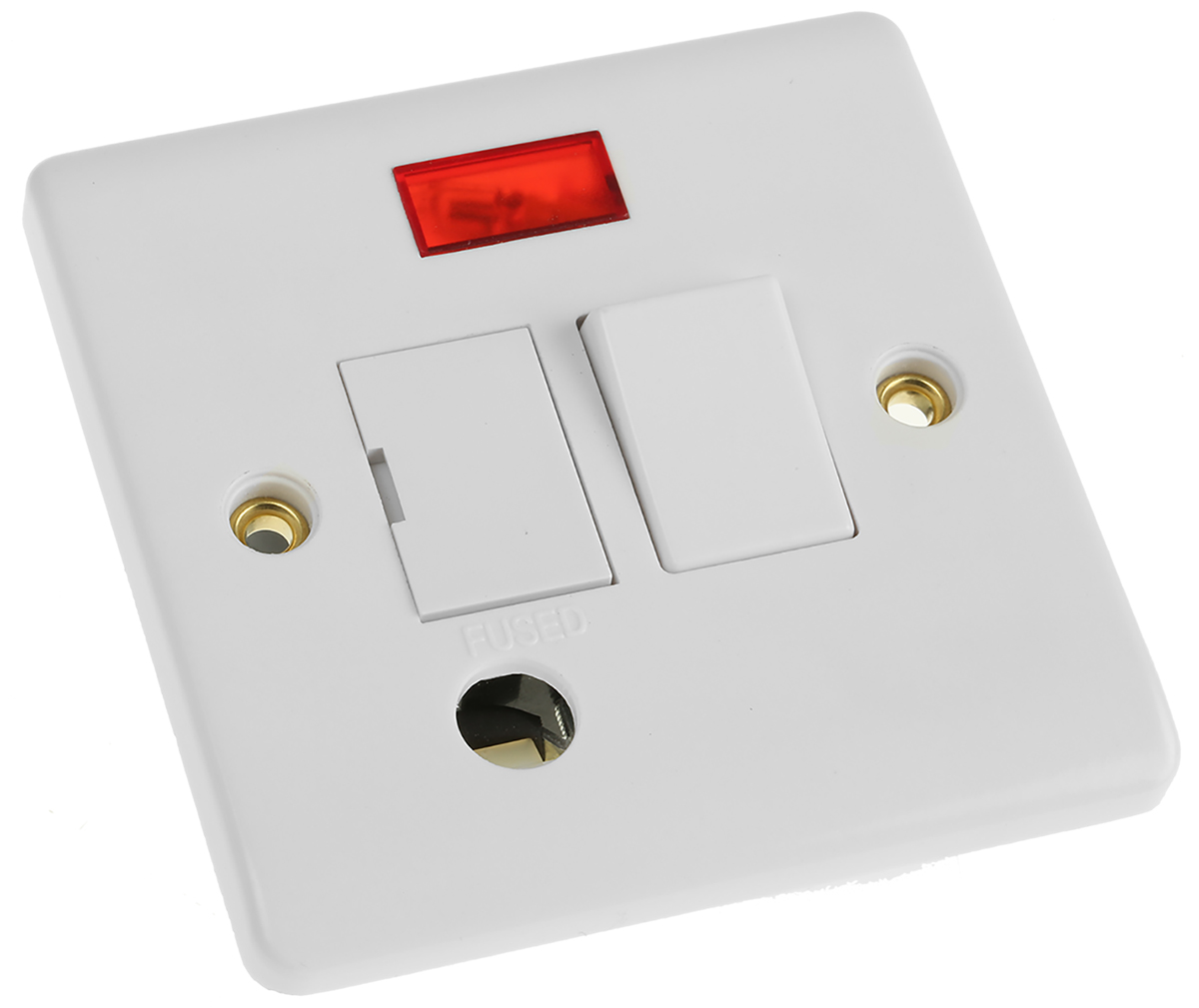
As the name suggests, fused switch spurs feature a switch or button that allows the unit to be manually turned on or off. Switched fused spurs are generally used when the ability to deactivate a live connection is appropriate or provides benefits.
If a particular appliance - for example, a heater - will not be used for extended periods of time then no continuous current is required. On the flip side, they can also be appropriate for use with devices that normally operate continuously. For example, a switched fuse spur attached to a refrigerator would allow the user to defrost their appliance if they wished.
Non-Switched Fused Spurs
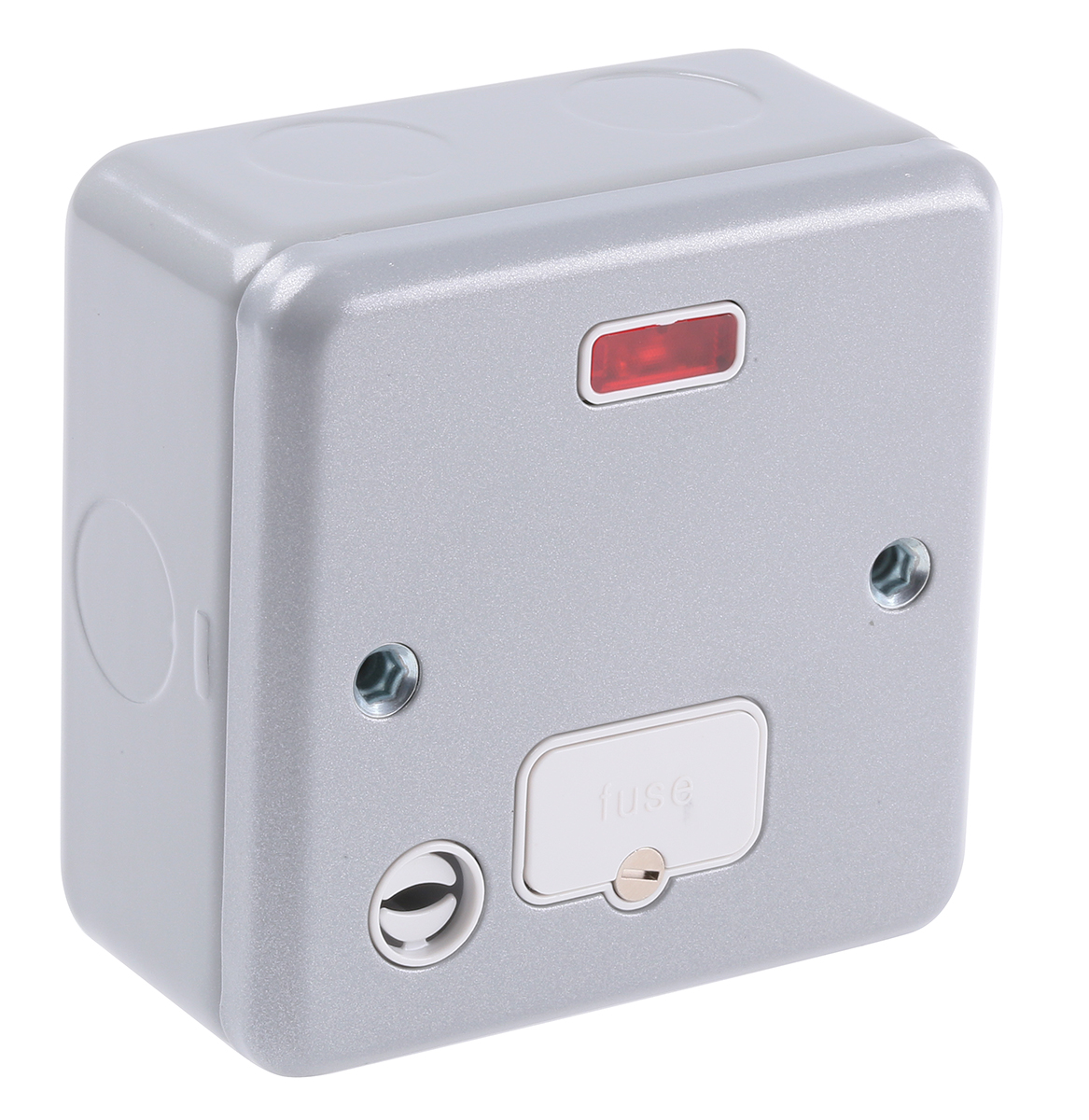
Non-switched or unswitched fused spurs do not feature a manual button. Fused non-switched spurs are typically used with devices such as freezers or security lights that need to operate continuously, with no need for users to be able to turn off the current in most circumstances.
Single Pole Fused Spurs
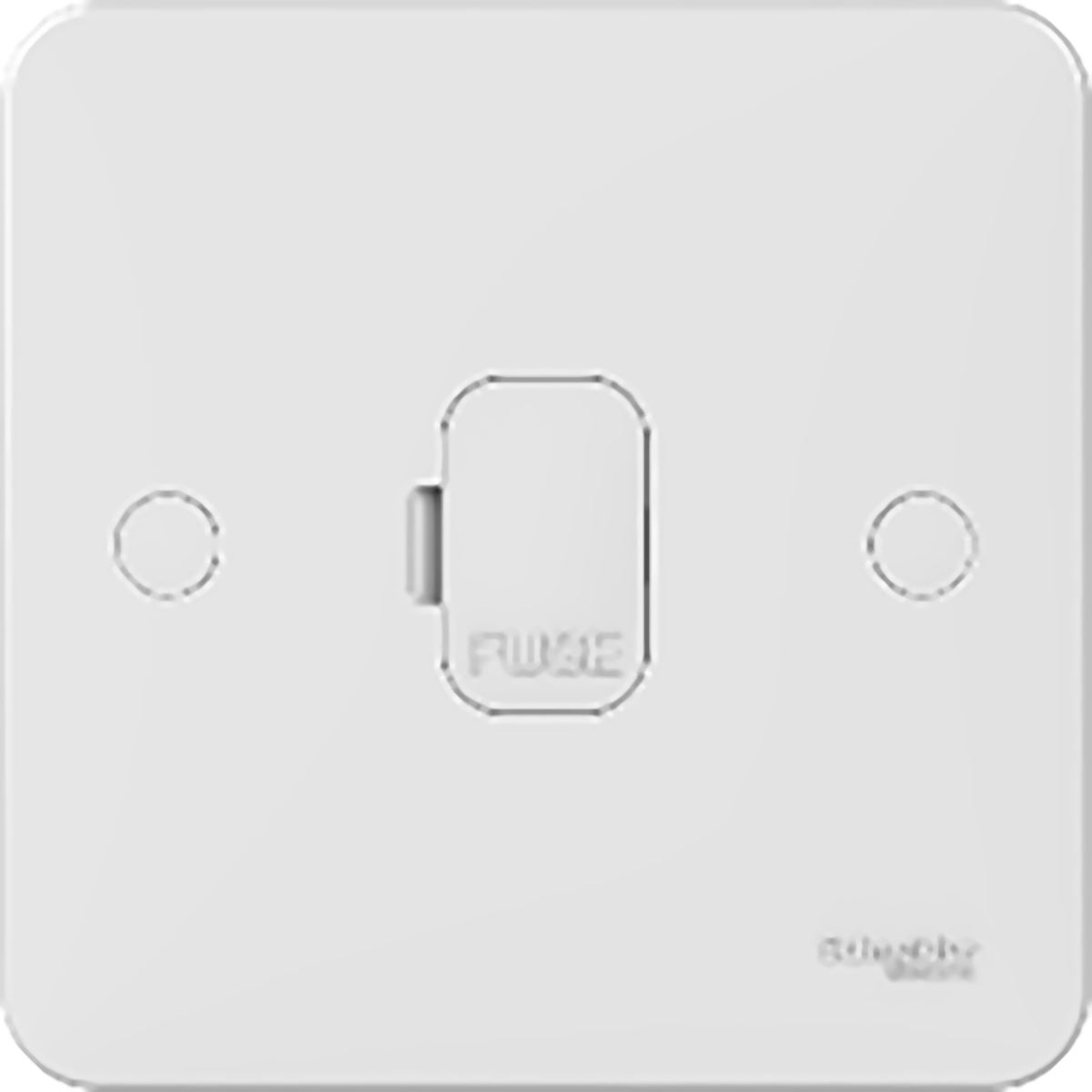
Single pole fused spurs typically have a lower safety rating than double pole models. As the name suggests, they feature a simpler isolation mechanism which affects the current through the live wire only, leaving the neutral line (the line which completes the circuit) unchanged.
Double Pole Fused Spurs
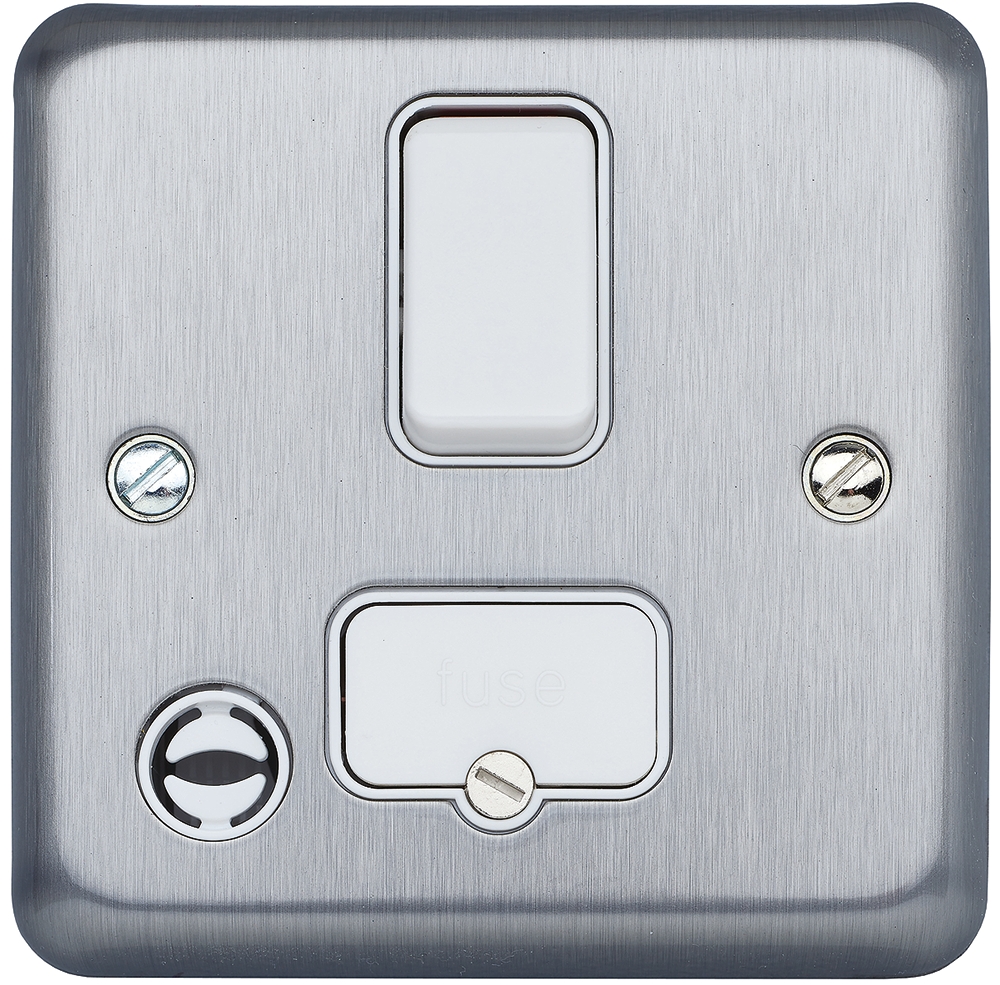
A double pole fused spur is a type of fused switch which isolates both the live and neutral wires within the device when the button is pressed and the socket is switched off. This provides an additional level of safety.
Double pole fused spurs are normally favoured when full isolation from live current is seen as a particular priority - for example, with higher voltage devices like boilers.
Fused Spurs with Timers
Another different type available is fused spurs with timers. You can read an overview of this type below:
Fused spurs with timers or time switches are used with devices that are typically required to operate at set hours. Typical examples include immersion heaters, water pumps, panel heaters, and lighting systems. The timer mechanism allows users to set and adjust the hours of operation.
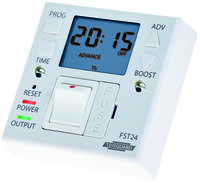
Fused Spurs by Brand
Explore some of the most popular fused spur brands in the table below:
|
Brand |
Main Benefits |
Application |
|
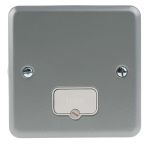 |
MK Electric |
Comprehensive range of fused spurs |
Perfect for a wide range of applications |
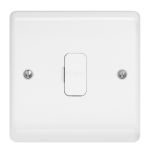 |
Contactum |
High-class finishes |
Ideal for tougher environments |
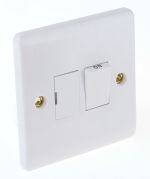 |
RS Pro |
Excellent level of protection Conforms to all the latest standards |
Well-suited to a range of domestic, commercial and industrial environments |
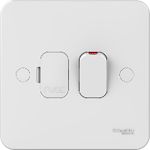 |
Schneider Electric |
Contemporary, modern product finishes High product quality |
Suitable for new construction or refurbishment projects |
Fused Spur Choices by Current Rating
The most widely used spurs feature the following amperages:
Additionally, it's worth noting that 3 and 5 amp fused spurs are also available.
FAQs
What Does the Term ‘Gang’ Mean?
The term ‘gang’ is used by electricians to refer to the length of the electrical ‘box’ (that familiar white rectangle) which houses spurs and sockets. ‘1 gang’ is large enough for a single socket or fused spur, while, as the name suggests, ‘2 gang’ models incorporate a pair.
What is the Difference Between a Switched and Non-Switched Fused Spur?
Switched fused spurs include a button which allows users to switch off the current to the unit. This can be achieved either within the live line only (single pole spurs) or in both the live and neutral lines (double pole spurs).
What is a Spur Circuit?
A spur circuit is an electrical circuit that runs between a fused spur and the main electrical supply to a building. It operates independently, as a separate branch of the ‘ring circuit’ which runs between all the devices on-site using conventional plug sockets.
How Many Sockets Can Be on a Spur?
Only one spur can be connected to a single socket. In other words, the number of spurs in a particular location must not be greater than the number of sockets to which they are connected. The purpose of this is to avoid the risk of overloading the connected cables and causing an electrical fire.
What is a Double Pole Fused Spur?
A double pole fused spur is a switched model which features an extended isolating mechanism that breaks or connects both the live and neutral wires within the device. It provides a good level of protection from accidental exposure to electrical current.
How to Wire a Light Switch from a Fused Spur
If you wish to wire a light switch to a fused spur, you will firstly need to ensure that no other spurs are already connected to the socket you will be using. Choose a spur with a suitable current rating - normally 3 or 5 amps for a light switch. You can install either a switched fused spur, which will also function as the on-off button or an unswitched fused spur alongside a conventional light switch.
How Do You Wire a Fused Spur?
In a fused connection unit, you have two supply terminals – live supply and neutral supply. You also have two load terminals – neutral load and live load – as well as the earth terminal where you connect both wires. To complete the wiring, you will need to connect the wires coming from the mains or ring circuit to the supply. You then connect the wires that are going into the fused spur to the load. As always, if you are unsure, it’s always best to consult a qualified electrician prior to carrying out the task at hand.
Can I Change a Fused Spur to a Socket?
This is only possible if the unfused spur is no longer actively functioning on a spur circuit - i.e. if there is no independent connection outside the main electrical circuit.
Related Guides
Explore some of our related articles below and discover more useful guides from RS Components.
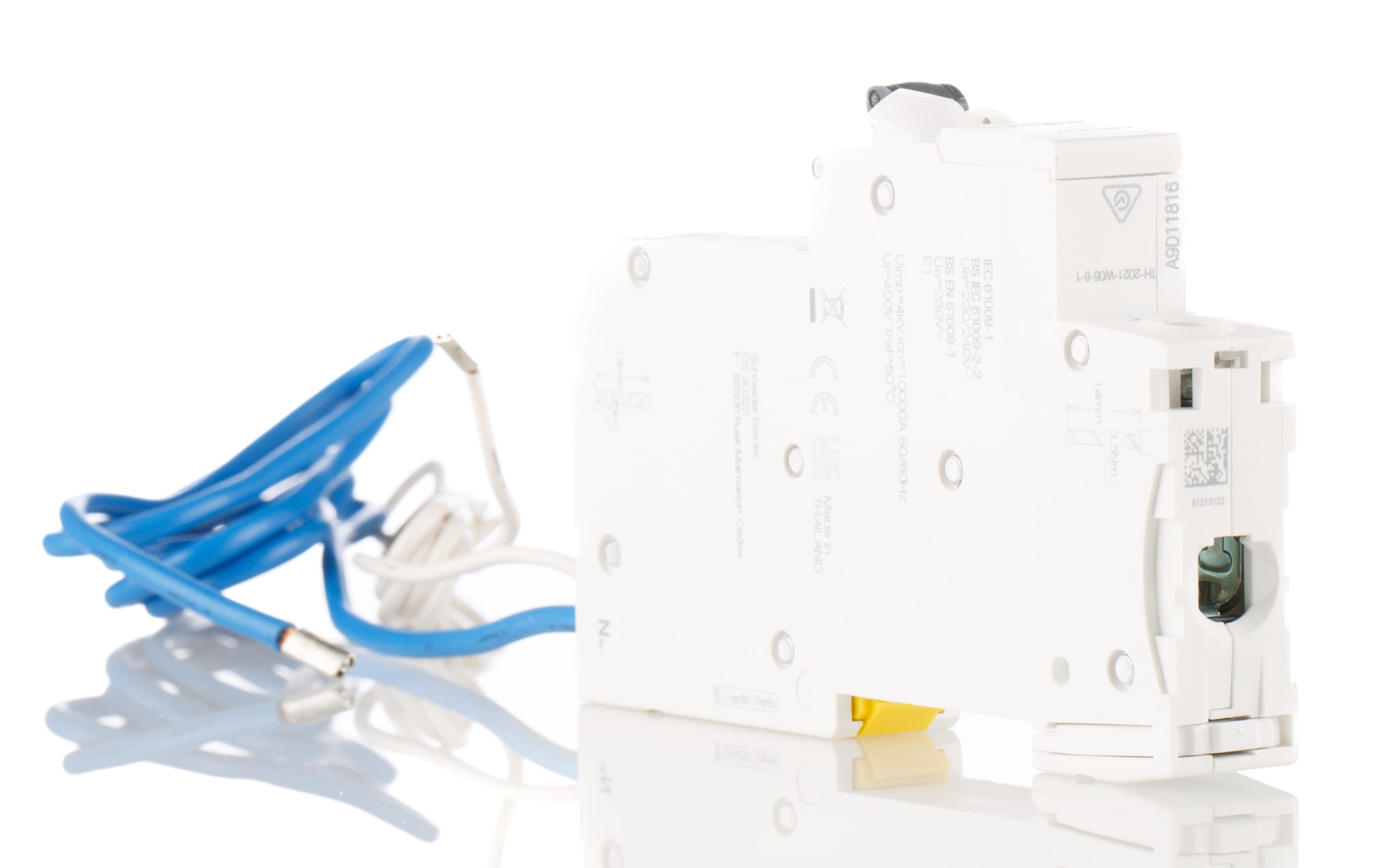
RCBOs Guide
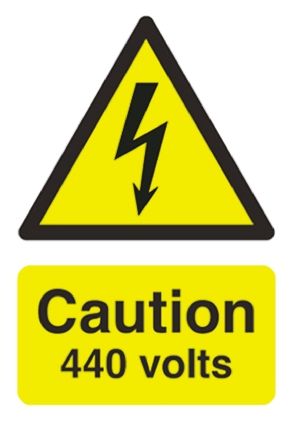
Electrical Safety Guide
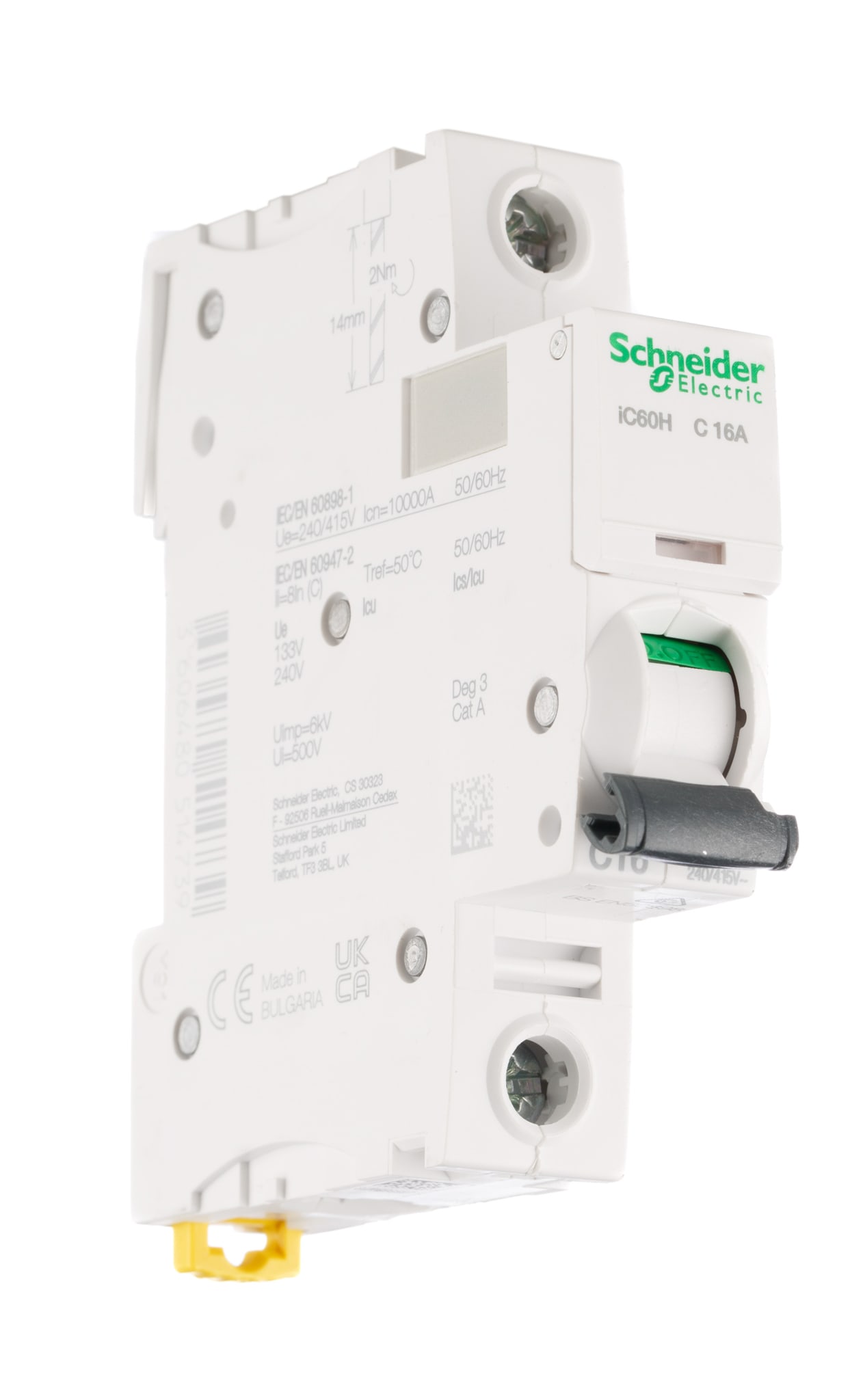
MCBs Guide